Ficus Dropping Leaves? 8 Common Causes & How To Fix Them
Your ficus may be losing leaves because of improper watering, pests, fungus, or just because it's unhappy with where it's been put. Here are the top 8 reasons.
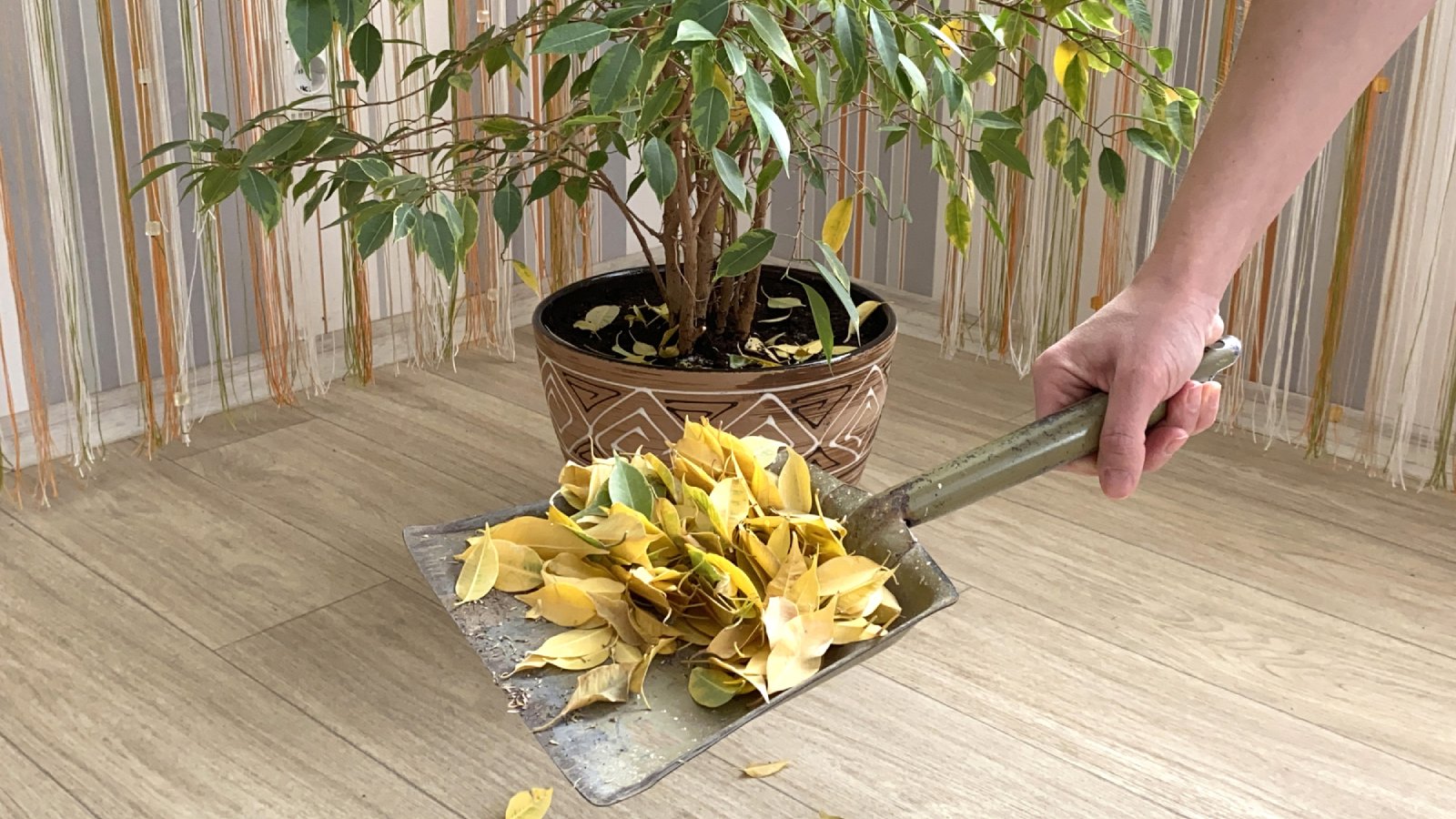

Ficus are notoriously finicky plants. They are sensitive to temperature changes, being moved, lighting, and other conditions. A ficus tree losing leaves is a common complaint. Why is my ficus dropping leaves? Almost any change in the plant’s environment will make it let its displeasure known by defoliating. Ficus leaves falling off for no discernible reason is one of the top searched questions for fig plant owners.
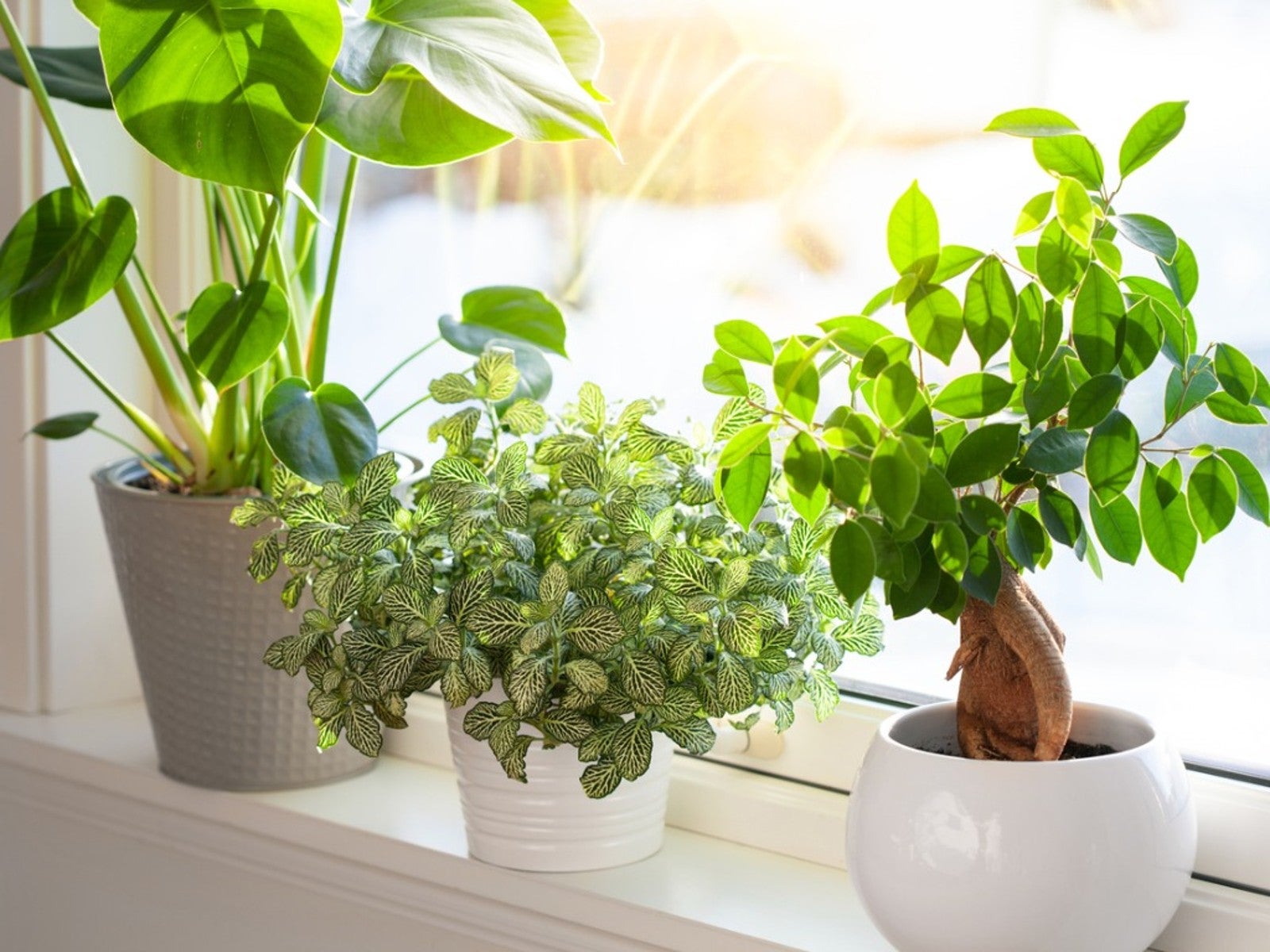
Browse the most popular houseplants in the Gardening Know How Shop.
Why Is My Ficus Dropping Leaves?
A ficus dropping leaves can indicate several unfavorable situations. A ficus losing leaves might be due to the most minute environmental or cultural factor. As a houseplant, these are glorious plants, but they are also one of the more picky plants when it comes to care and situation. It might not be any aspect of ficus care you are doing wrong. It could just be the time of year or other uncontrollable factors. Keep reading for some possible causes and solutions to a ficus losing leaves.
1. It's Getting Too Much Water
Ficus are a little like Goldilocks. If they get a smidge too much water they are unhappy. A day late watering? They''ll express outrage. In the case of too much moisture, waterlogged roots will protest by sending out a signal to the leaves to abandon ship. In appropriate soil, it is best to let the tree dry out for a couple of days before giving it water. Manually check to see if the top inch ( 2.54 cm.) of soil is dry and then give it water.
2. It's Not Getting Enough Water
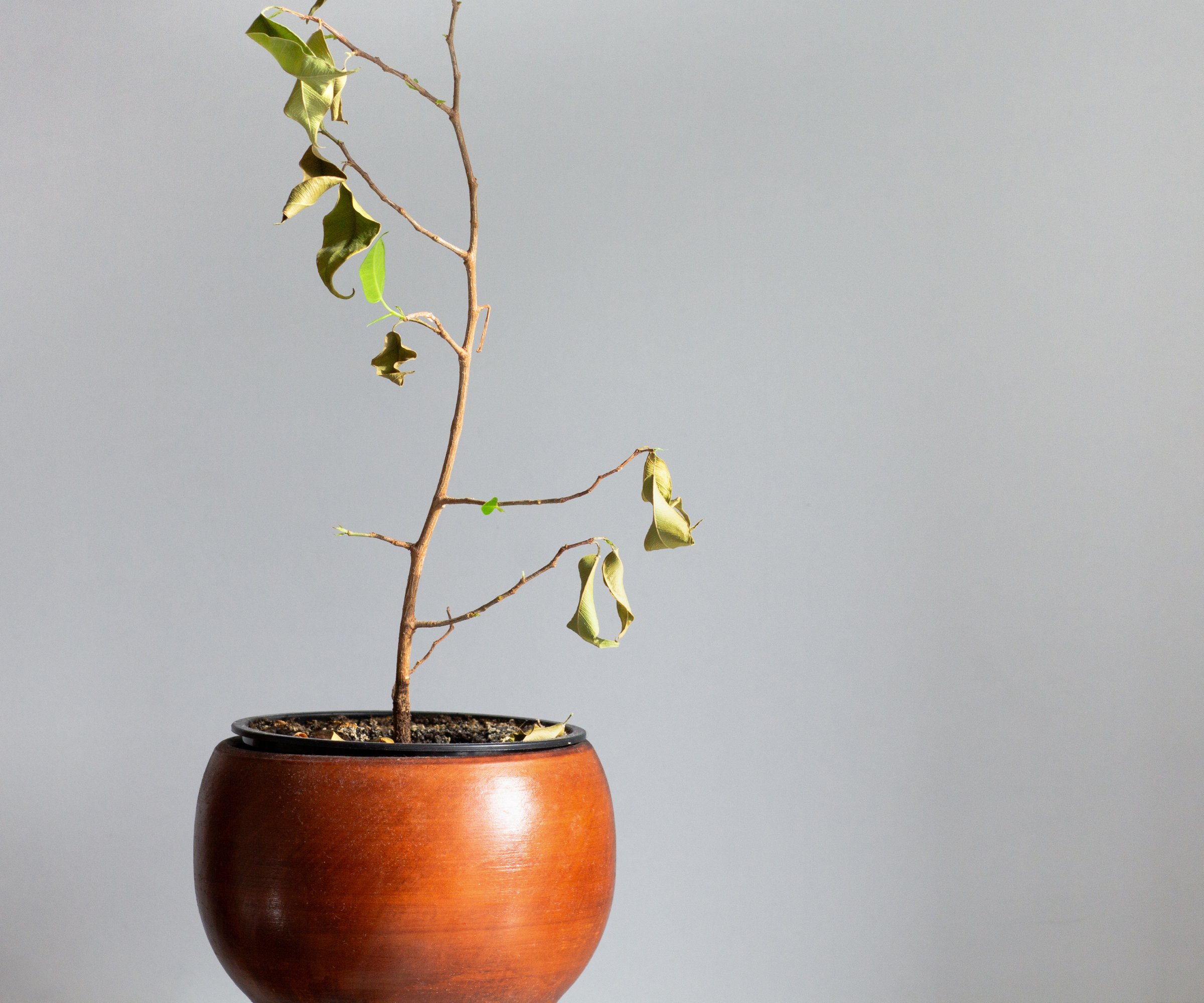
Fig trees appreciate even, moderate moisture. When the plant does not receive adequate water, it may react by dropping some leaves. In the winter, the ficus is not actively growing and should receive a bit less moisture. This may cause it to drop a few leaves but that is normal. If the plant is defoliating during the growing season, it may be underwatered. Keep the soil lightly moist during spring through fall. On average, water your ficus once per week.
3. It's Not Getting Enough Sun
Indoor fig trees like to be in a bright spot near a window. An eastern or western window will provide the right amount of light daily. In the winter, light levels normally drop and the number of day hours decrease. Such a natural phenomenon is a signal to plants like Ficus that they should drop leaves. Winter leaf drop due to lower light is not a concern provided it is just a few leaves and not a wide spread defoliation
4. You Moved It Recently
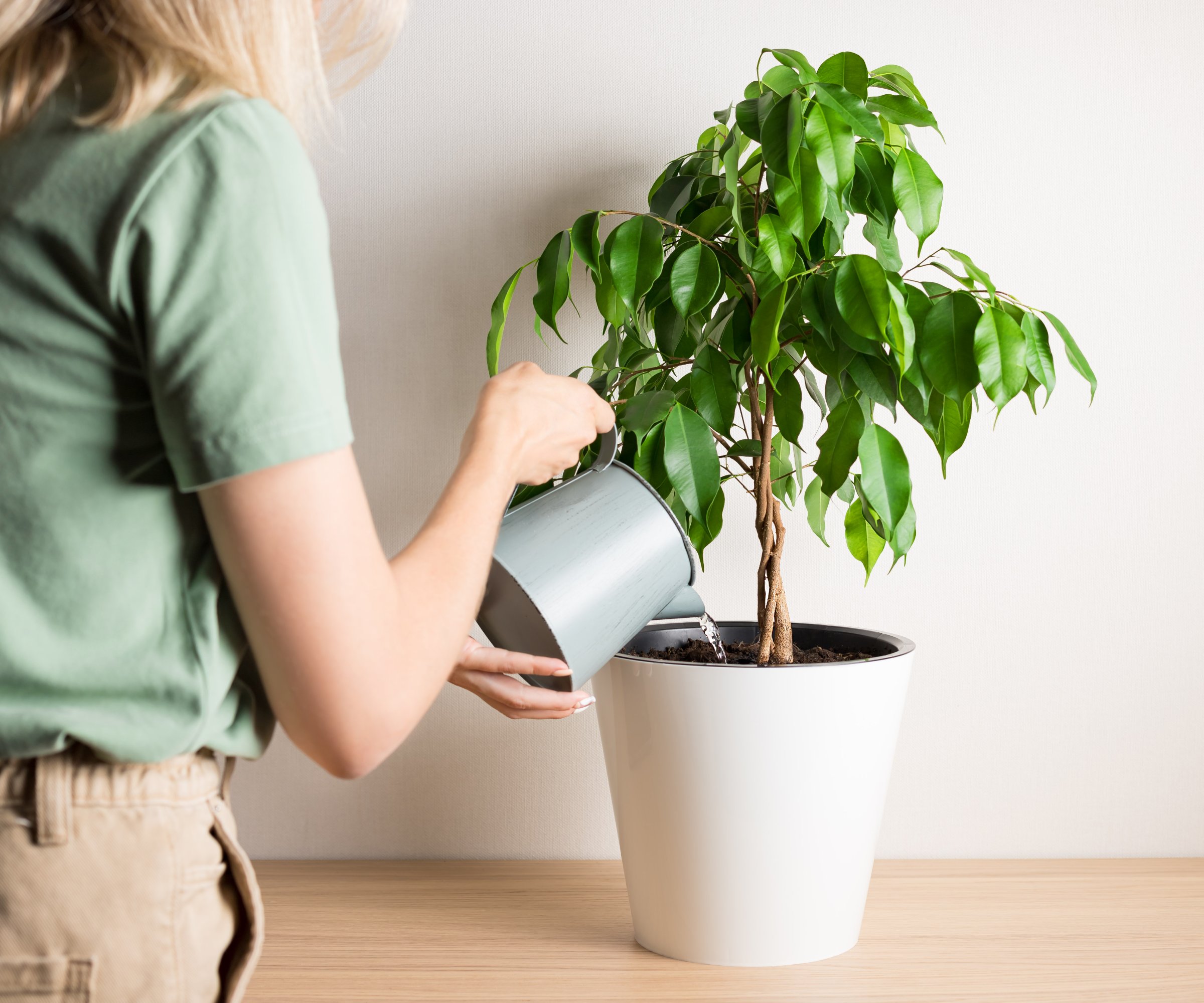
One of the biggest pieces of advice from seasoned Ficus owners is to never move the plant. l once had a magnificent Ficus tree but I had to move. I babied the Ficus in its new home but to no avail. These plant’s sensitivity to change is maddening. Even temporarily moving the plant to clean the area could cause it to drop a leaf or 2.
5. It's In A Drafty Area
Ficus prefers a temperature range of 70-85 degrees Fahrenheit ( 21-29 C.). In the home this is often a bit hot, but at the least the temperature should not drop below 60 F ( 15.56). Once a plant is acclimated to the interior temperature, do not change it. A draft will cause a leaf to drop. Summer heat blazing in through a window will make the plant lose leaves. At all costs, maintain an even temperature.
Gardening tips, videos, info and more delivered right to your inbox!
Sign up for the Gardening Know How newsletter today and receive a free copy of our e-book "How to Grow Delicious Tomatoes".
6. It Needs More Humidity
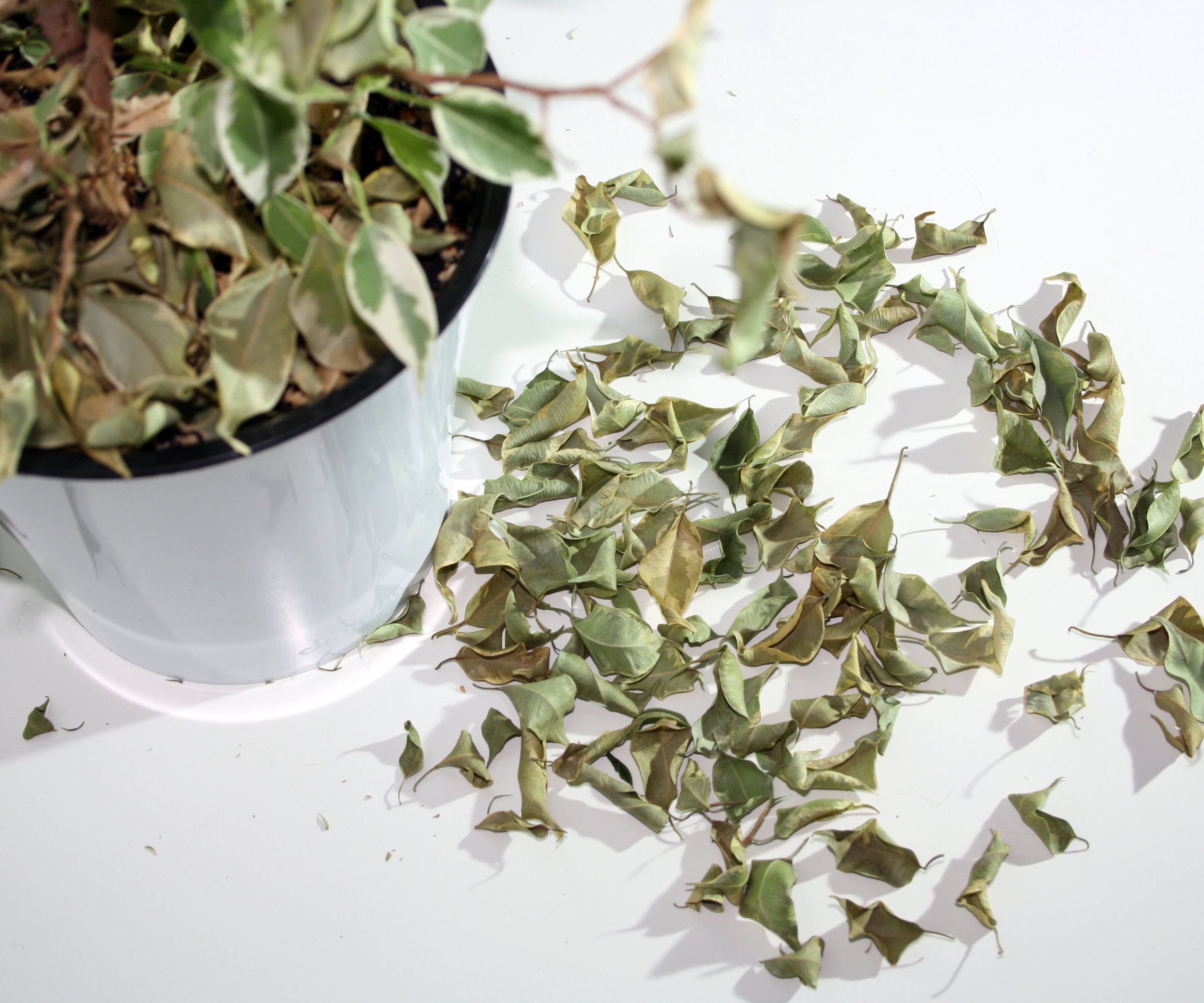
Ficus are tropical to subtropical plants. They like it warm and humid. Keep the plant away from blowing air conditioning or heating vents, which will dry out the ambient air. If you want to raise the humidity for houseplants, use a humidifier near the plant, spritz the leaves with water, or place it on a saucer of pebbles filled with water. Ficus need an indoor humidity of 60-80 percent.
7. It Has Sooty Mold
If you put your tree outside for the warm season it may get attacked by insects. Aphids and scale in particular can infest a tree. These insects secrete a substance called honeydew which coats the leaves. Honeydew can turn into sooty mold, a fungal disease. The mold coats the leaves and diminishes the amount of energy the plant can gather from the sun. Clean the leaves and spray the plant with horticultural oils or soaps to kill the insects.
8. It Has A Pest Problem
Insect feeding will diminish the health of the plant. Especially sap sucking insects like aphids. If the infestation is severe, the hoard of insects will deplete the plant of its energy, leading to defoliation. Check under leaves and on stems, and especially on new growth. If you spot any insects, begin treatment.
Will My Ficus Leaves Grow Back?
Unless the entire health of the tree is dire, in most cases the leaves will resprout. As long as no more than ½ of the tree has defoliated, correcting the situations and providing optimum care will see the tree back to health and filled with glossy leaves.
This article features products available from third-party vendors on the Gardening Know How Shop.

Bonnie Grant is a professional landscaper with a Certification in Urban Gardening. She has been gardening and writing for 15 years. A former professional chef, she has a passion for edible landscaping.
-
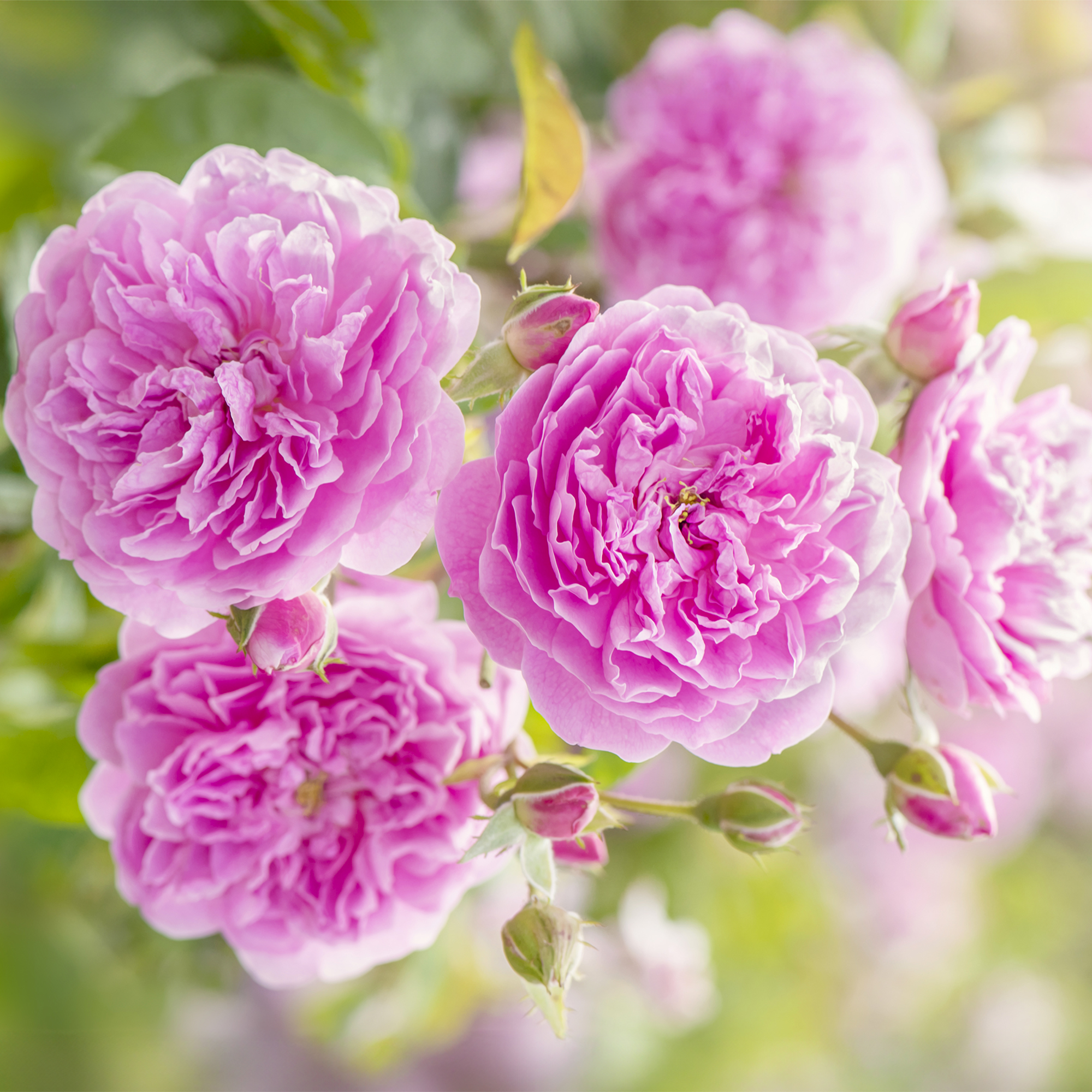 How Much Sun Do Roses Need To Grow? Understanding Rose Light Requirements
How Much Sun Do Roses Need To Grow? Understanding Rose Light RequirementsDiscover how much sunlight your roses really need to grow strong, bloom beautifully, and stay healthy all season long.
-
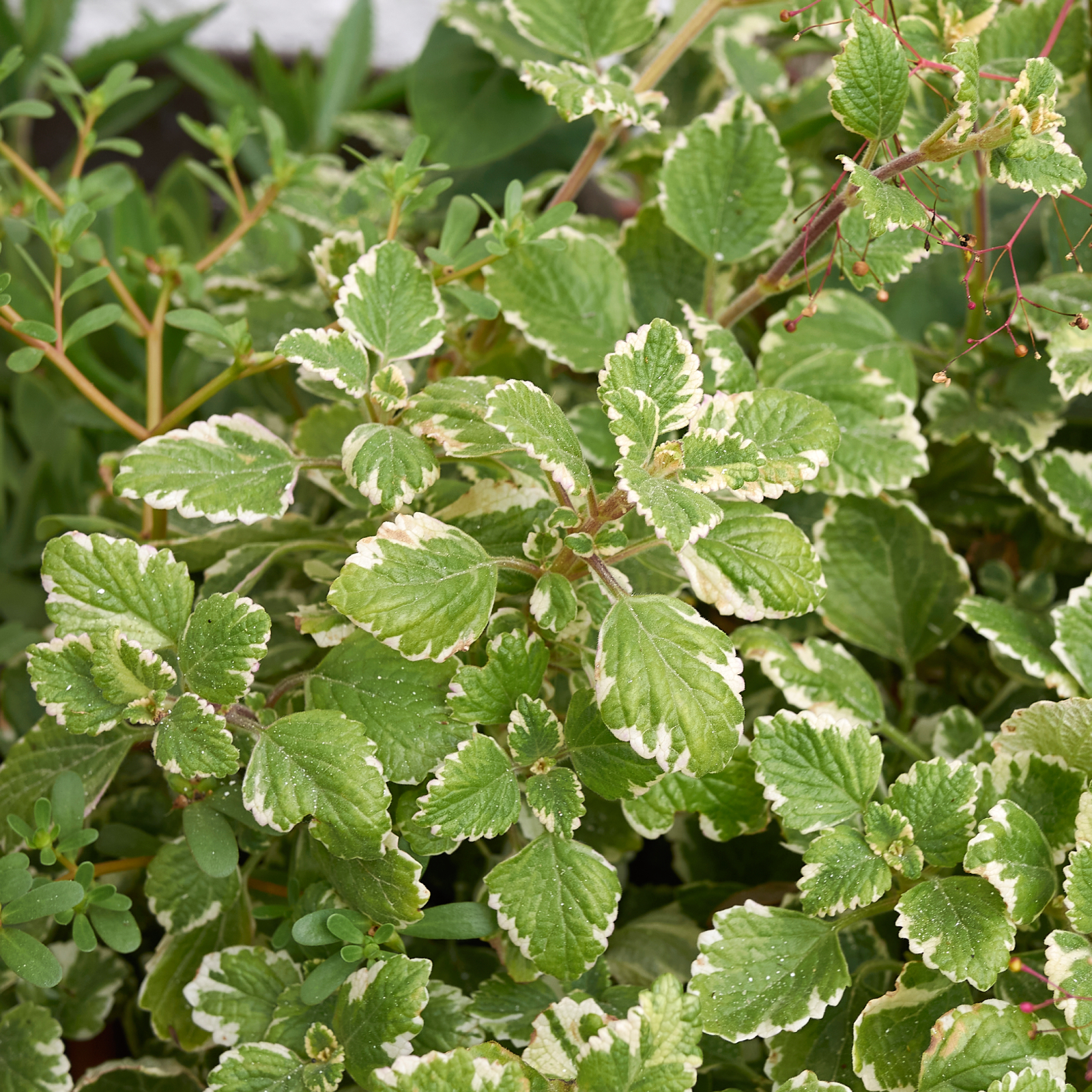 Which Ivy Is Best For A Garden? 7 Varieties Of Ivy To Grow (And 2 To Avoid)
Which Ivy Is Best For A Garden? 7 Varieties Of Ivy To Grow (And 2 To Avoid)Lots of varieties of ivy can complement your garden, provide groundcover, or create a private oasis, but which is best? Explore our top picks for beautiful ivy.
-
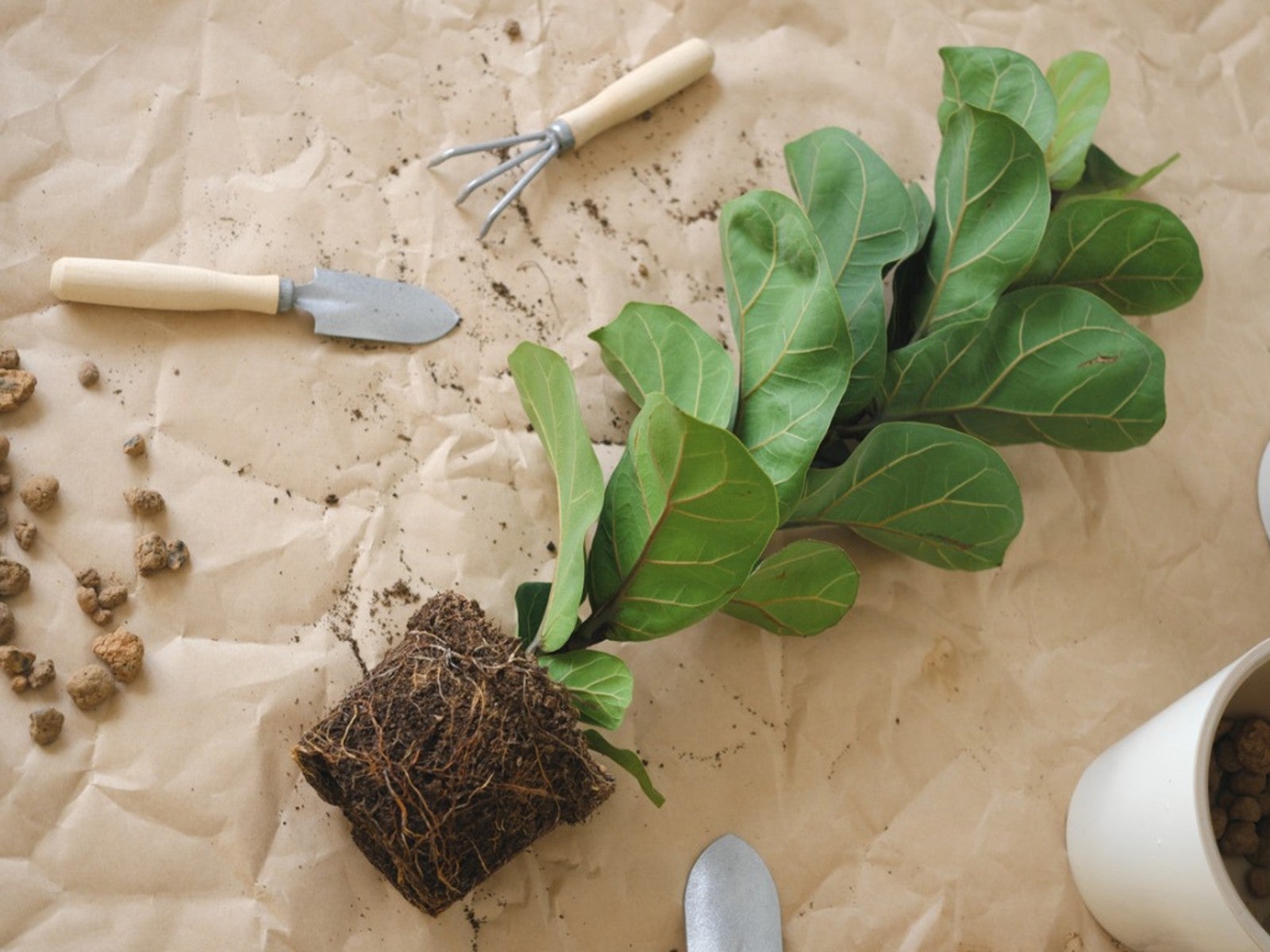 Tips For Repotting Fiddle Leaf Fig Plants
Tips For Repotting Fiddle Leaf Fig PlantsFiddle leaf fig roots don’t mind tight quarters, but when it’s time to repot, learn here how to do it.
-
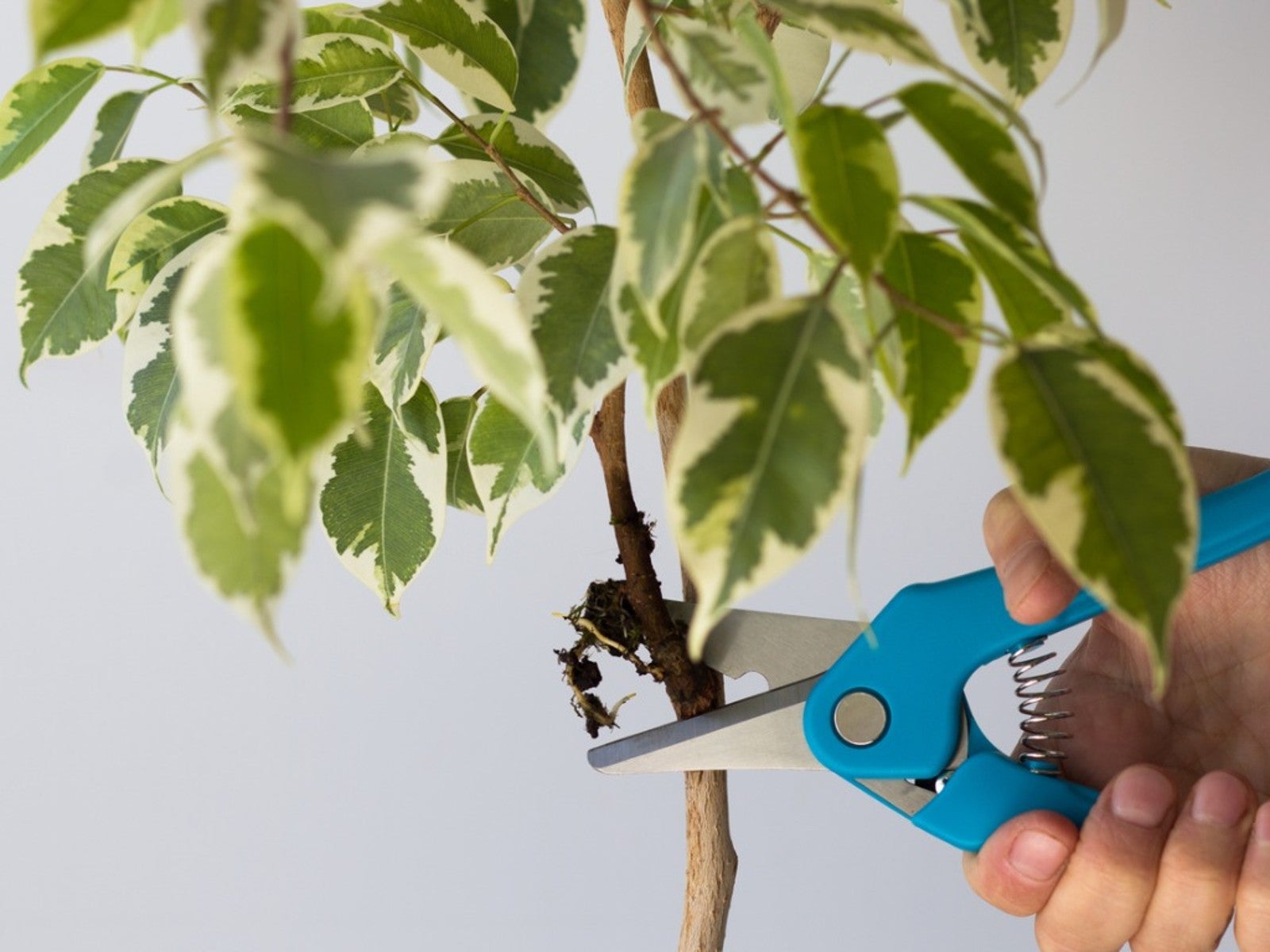 Propagating A Ficus Tree: How To Propagate Weeping Fig
Propagating A Ficus Tree: How To Propagate Weeping FigIf you grow a weeping fig, you may want to share with friends or just keep its growth under control with propagation. Read on for more.
-
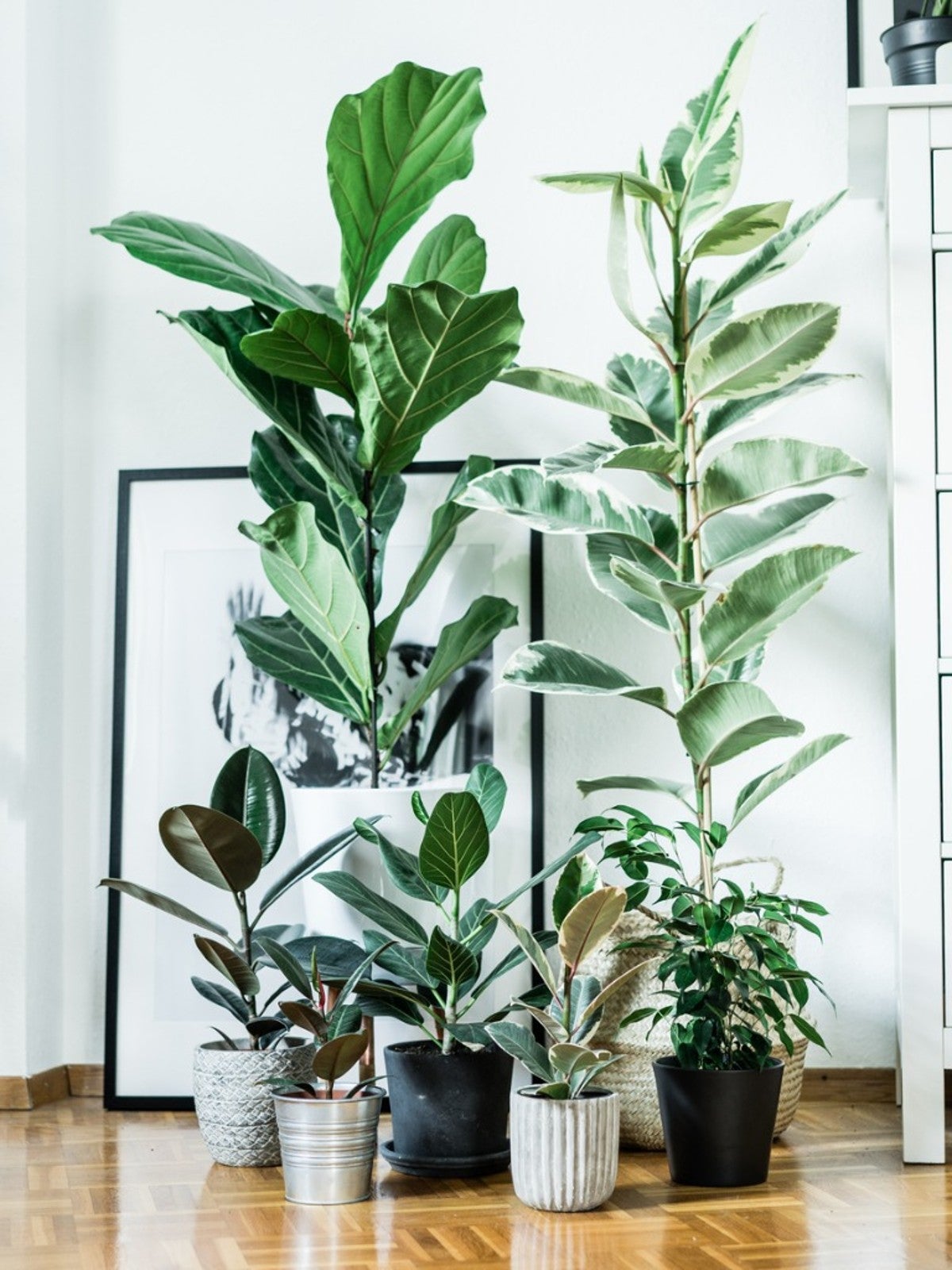 Growing A Long-Lasting Ficus: Caring for A Large Ficus Tree Indoors
Growing A Long-Lasting Ficus: Caring for A Large Ficus Tree IndoorsHave you ever wondered how big a potted ficus tree can grow? If so, click here to find out more!
-
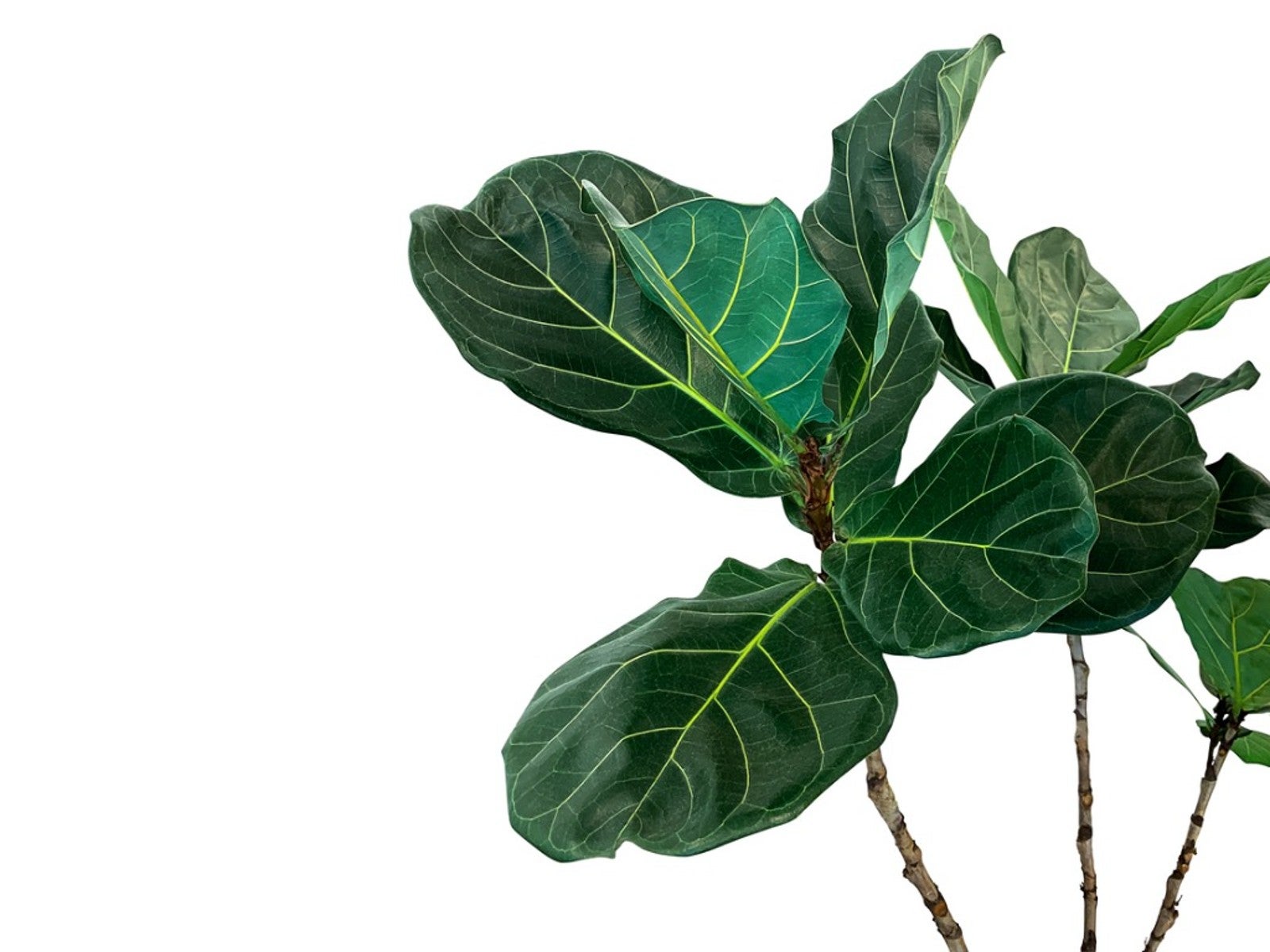 Splitting A Ficus Tree: How To Divide A Large Ficus
Splitting A Ficus Tree: How To Divide A Large FicusSplitting a ficus tree isn’t as difficult as it sounds. Click the following to learn how and when to split a big ficus.
-
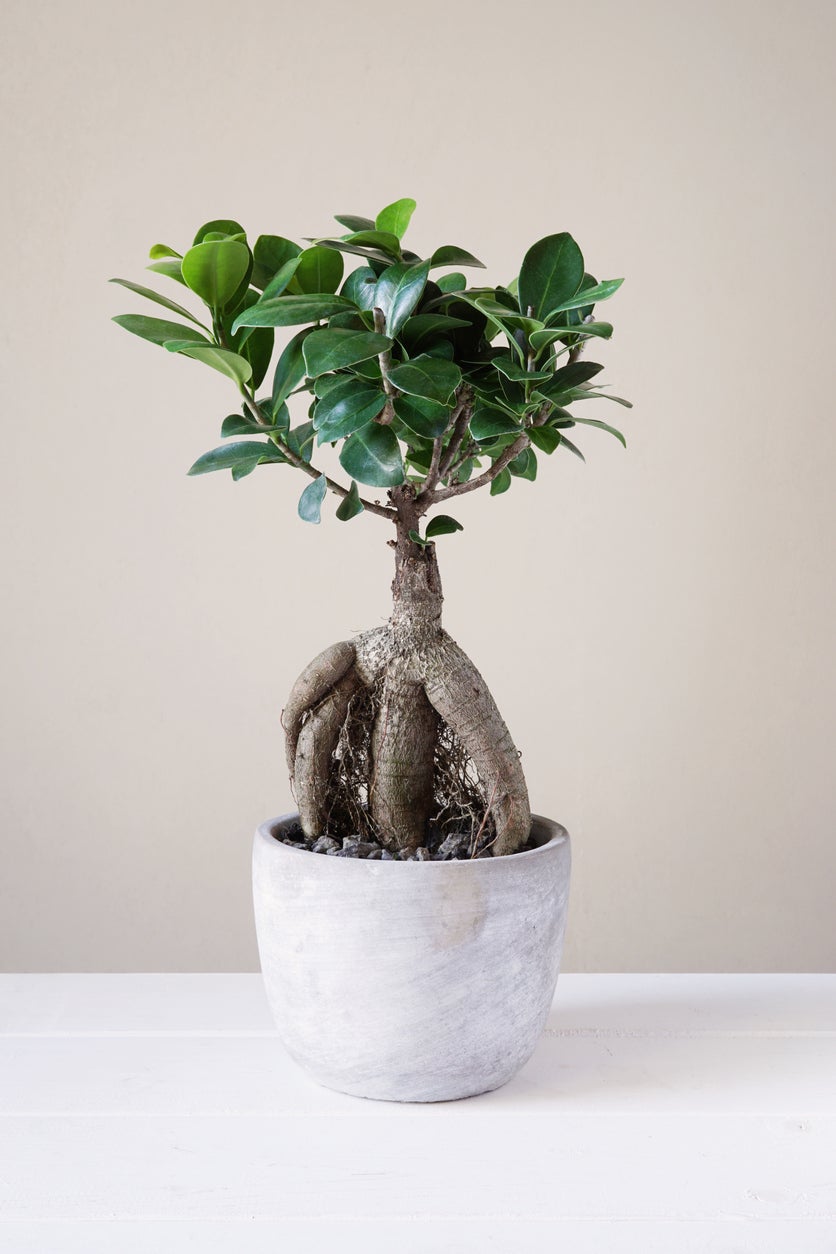 Ginseng Ficus Pruning: How To Grow A Ficus Ginseng Bonsai Tree
Ginseng Ficus Pruning: How To Grow A Ficus Ginseng Bonsai TreeIf growing and caring for a bonsai tree seems too difficult, consider diving into the miniature tree world with a ginseng ficus. Growing ginseng ficus as a bonsai tree is a great idea for a hobby for yourself or as a gift for a fellow gardener. Learn more in this article.
-
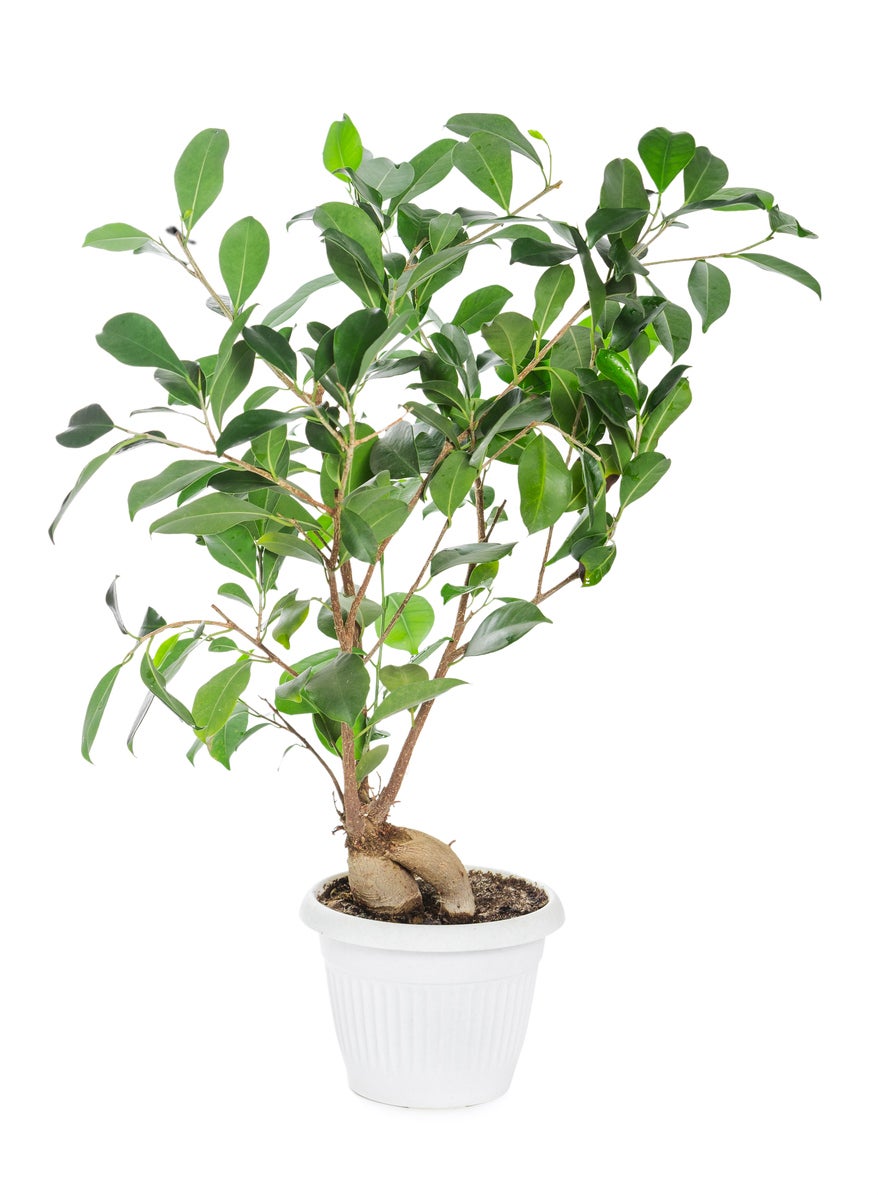 Ficus Ginseng Tree Info – Information On Ficus Ginseng Care Indoors
Ficus Ginseng Tree Info – Information On Ficus Ginseng Care IndoorsWhat is a ficus ginseng tree? It is native to south and eastern Asian countries. It is in the Ficus genus but has a chubby trunk, which is similar to ginseng roots – hence this common name. Click this article for more ficus ginseng tree info.
-
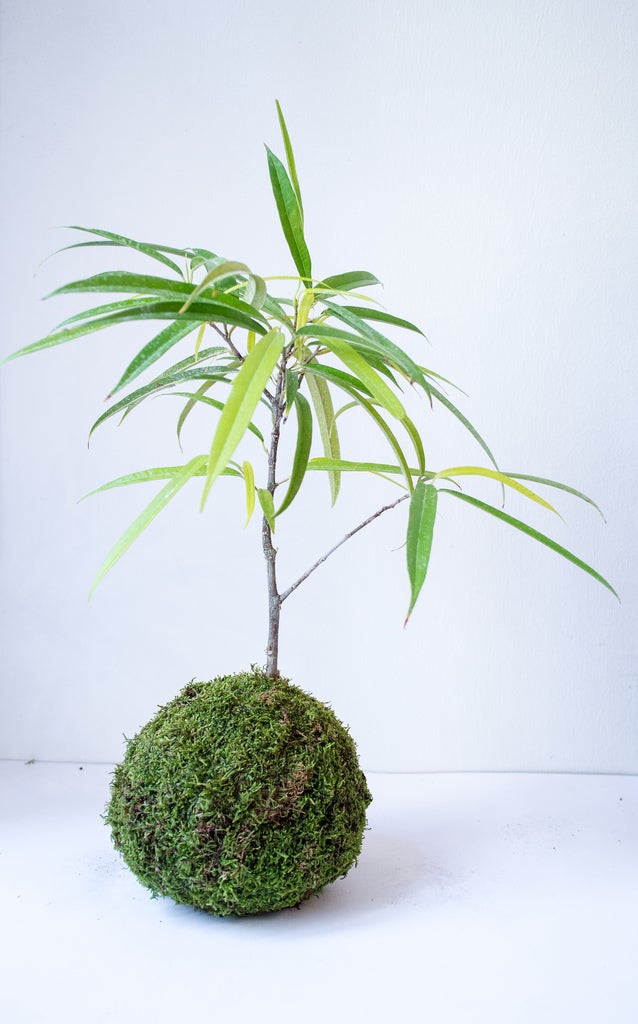 What Is A Longleaf Fig – Learn About Longleaf Fig Care
What Is A Longleaf Fig – Learn About Longleaf Fig CareWhile there are many smaller species of houseplants available, some growers choose larger plants, like ficus. When planted into containers, many tall plants create lush, dense foliage displays. The longleaf fig is just one example. Learn about growing it here.
-
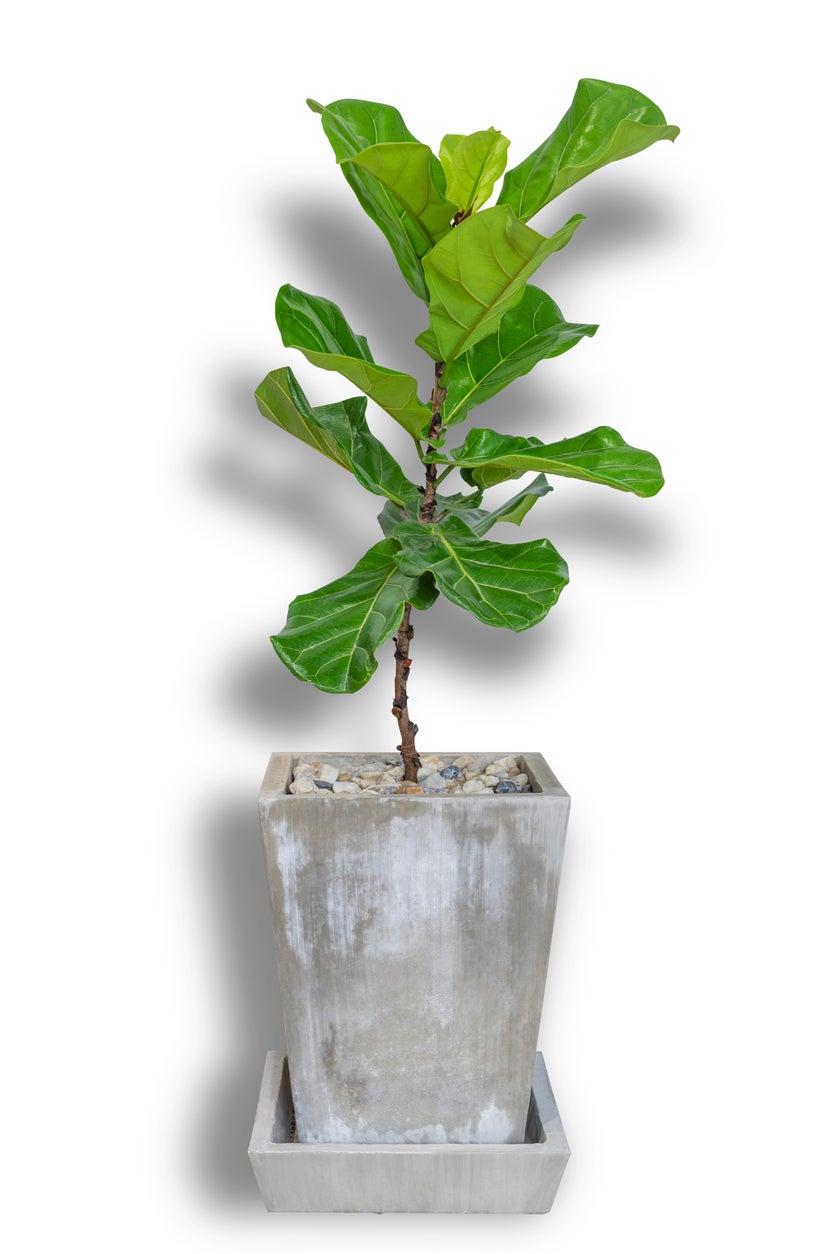 Fiddle Leaf Fig Pruning: When To Trim A Fiddle Leaf Fig Tree
Fiddle Leaf Fig Pruning: When To Trim A Fiddle Leaf Fig TreeWondering how to keep your fiddle leaf fig “fit as a fiddle?” Fiddle leaf fig pruning is one good way to keep the plant in top form by giving it good form. So, let’s get a sharp pair of pruning shears in hand and learn how to prune fiddle leaf fig in this article.